The latest Nintendo Direct on October 23rd brought us an hour-long dive into Kirby Air Riders, as well as a surprising accessibility announcement. Hosted by game director Masahiro Sakurai, the Direct showed off more features, gameplay, and modes for the racing game releasing for the Switch 2 on November 20th. Tucked toward the end of the presentation, however, Sakurai devoted a few minutes to Kirby Air Riders’ accessibility options. It was a welcome spotlight on an aspect of game design Nintendo regularly forgets, though not necessarily a sign of broader change for the company.
An impressive suite of options includes button remapping, changeable text size — something missing from many games, but vital on the Switch 2’s smaller undocked screen — colorblind filters, preset options for changing the size and opacity of the HUD, and a toggle for onscreen outlines (though this was the only menu option not demonstrated during the Direct). Unlike with previous first-party Switch 2 games, inputs can be remapped in-game as opposed to solely through the Switch 2’s system-level options. You can also save named profiles for quick switching and set up the controls so the game is playable one-handed.
After presenting this list, Sakurai focused in on something he wanted to implement “no matter what” — motion sickness mitigations. In Kirby Air Riders you can add onscreen markers, ostensibly of varying thicknesses and colors, and change the field of view to reduce the perception of motion. Alternatively, you can turn camera shake and tilt off altogether, all of which can be visualized within the menu. For greater simplicity, there are also preset options for visual accessibility from “none” to “medium” and “strong.”
It’s a boon for players, especially disabled players — not just that these features are included but that they’re being communicated ahead of release. Accessibility menus beyond the bare-bones remain rare from Nintendo’s first-party titles, and it’s significant that a tentpole title from the Switch 2’s release year takes such a major step toward a more accessible and customizable experience. That said, we should temper our expectations of what this means going forward.
To be clear, this should be a precedent for Nintendo to follow — not just in the maintenance of these features in future titles, but also further accessibility development. But it should be noted that Sakurai has taken a greater personal interest in accessibility over the past few years, particularly in the impact of motion sickness. The evidence of the past six months suggests that the impetus behind Kirby Air Riders’ accessibility considerations likely comes from Sakurai and his team, rather than Nintendo as a whole.
None of which is to say we shouldn’t celebrate this surprising and sudden increase in accessibility in a first-party Nintendo release, nor that players shouldn’t be excited. Looking at the care Sakurai and his development team have taken to make Kirby Air Riders more accessible is a rare bright spot in this industry. It behooves us, however, to not get carried away in regarding this as a turning point at Nintendo given how strongly history suggests otherwise.

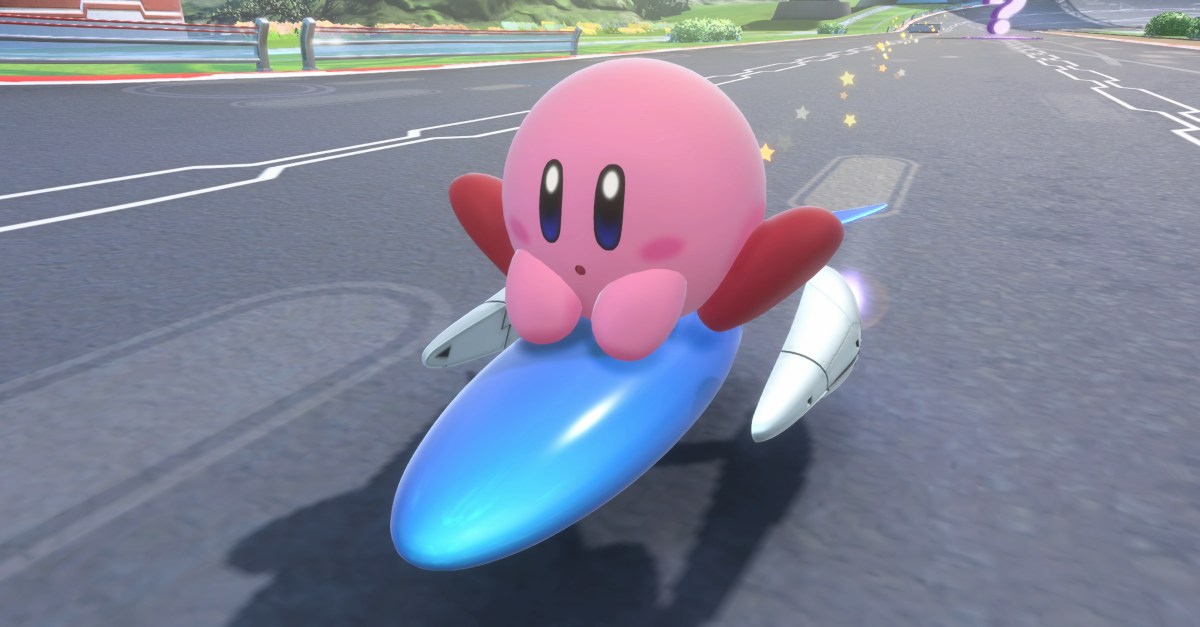
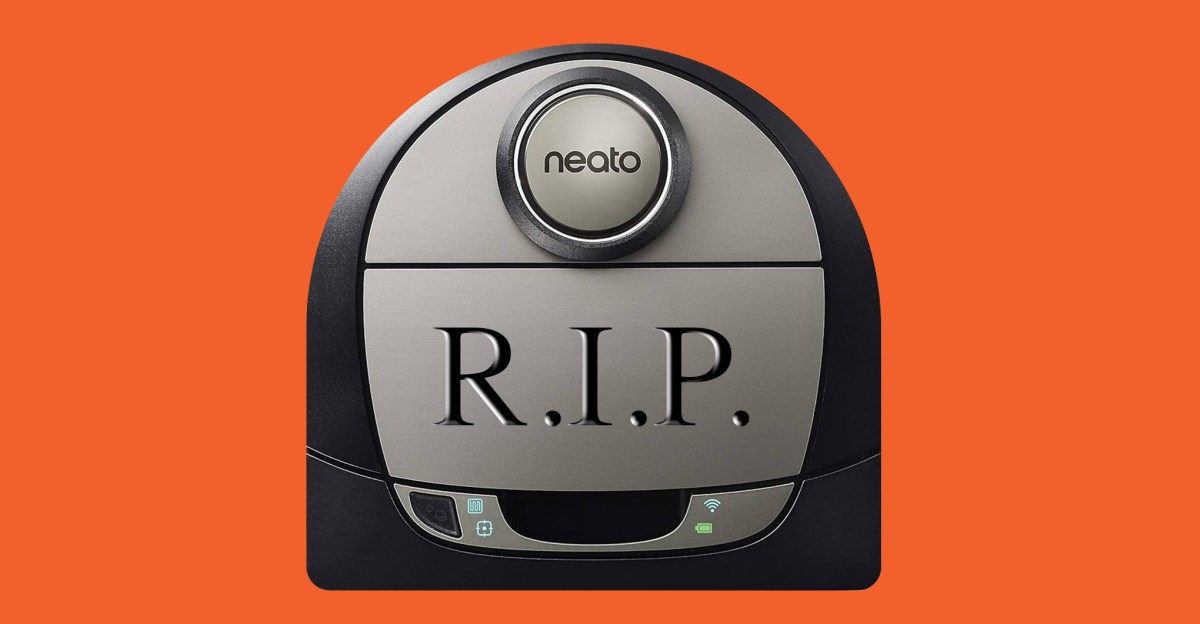
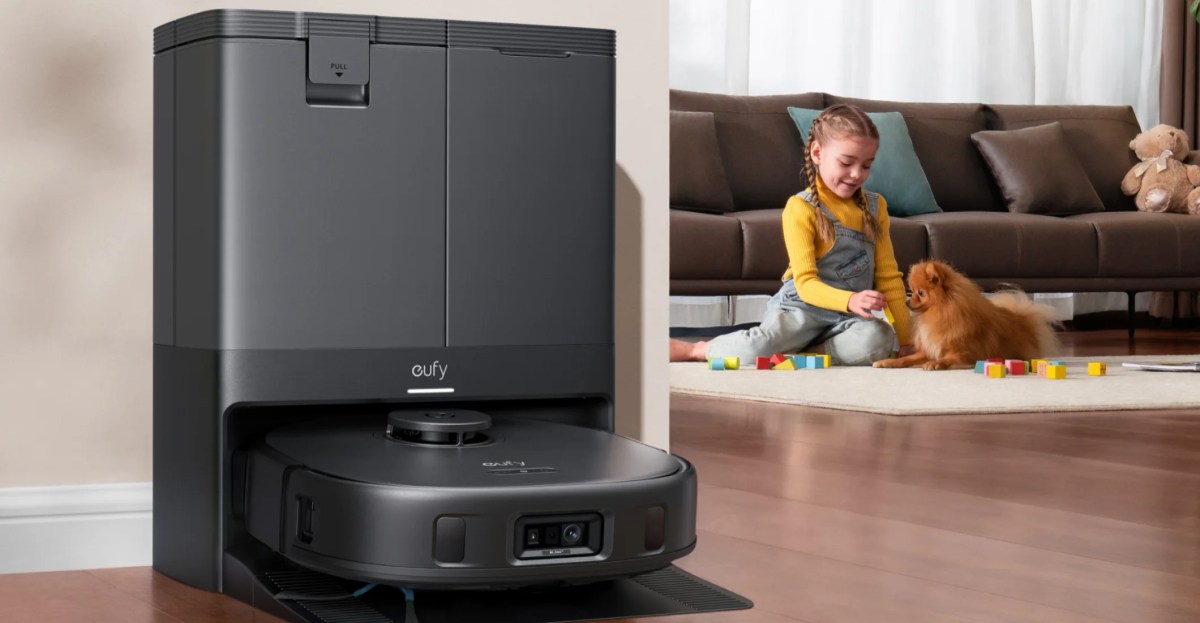



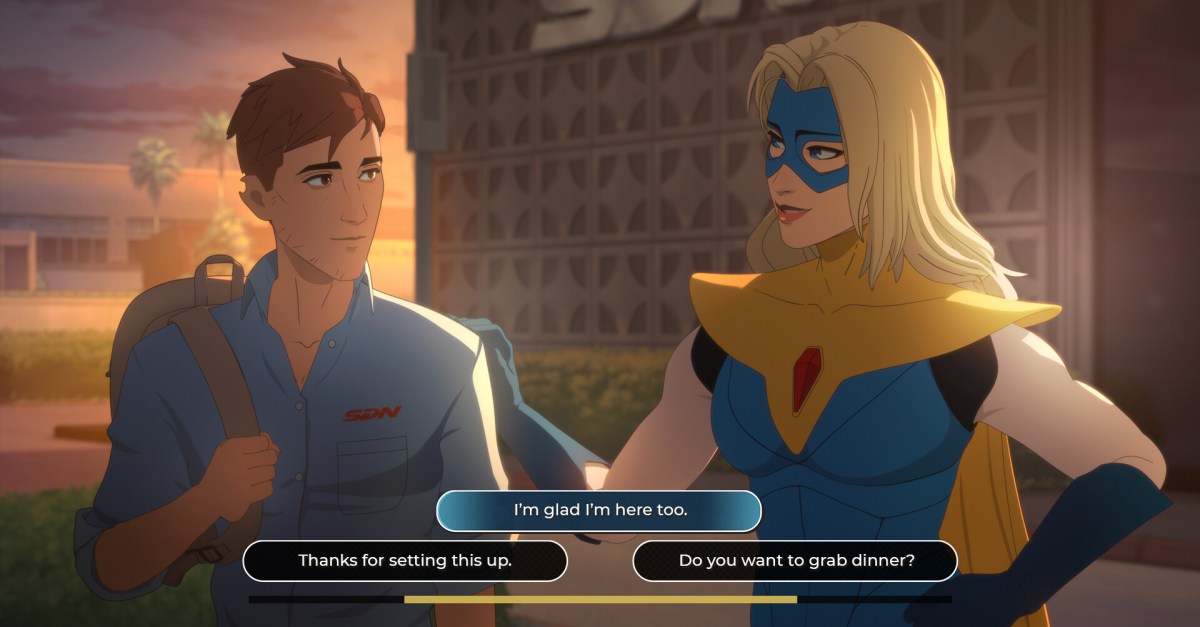



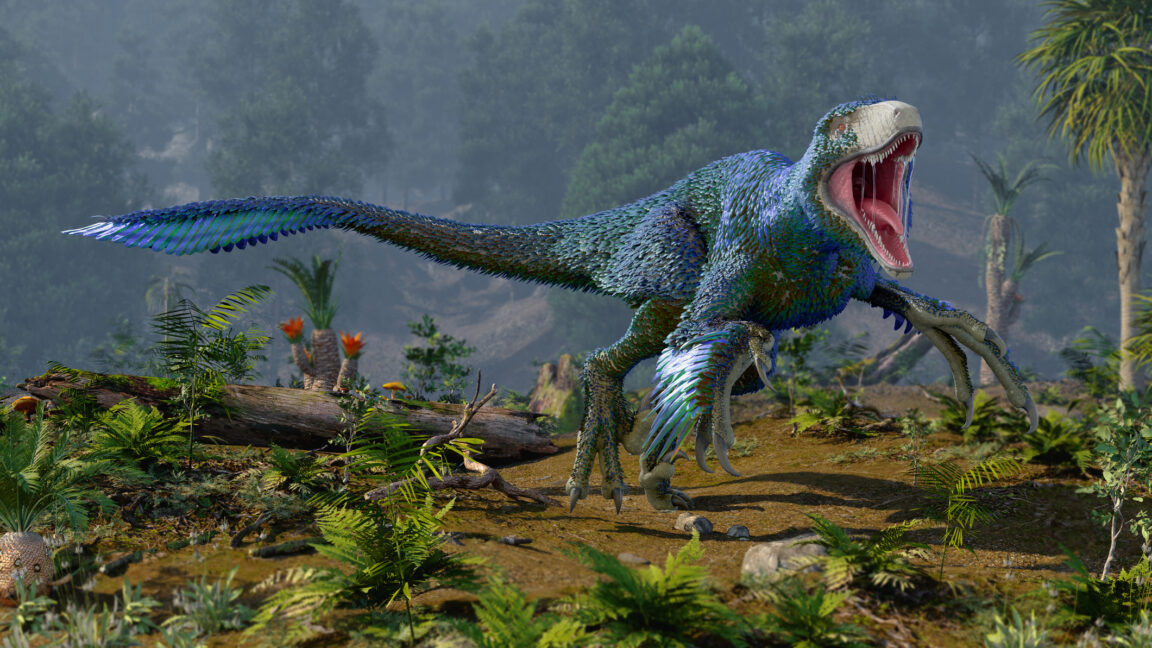




Leave a Reply